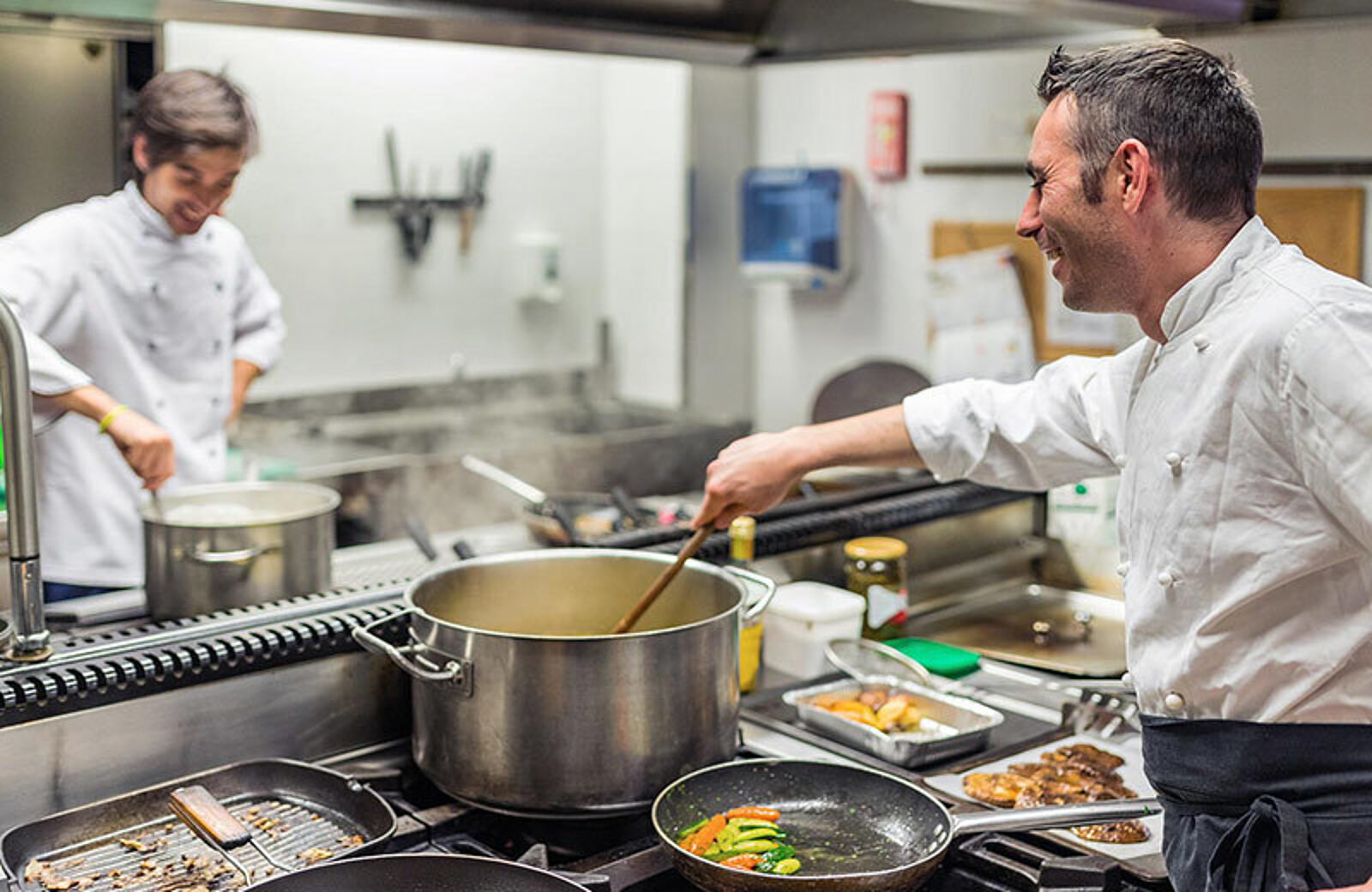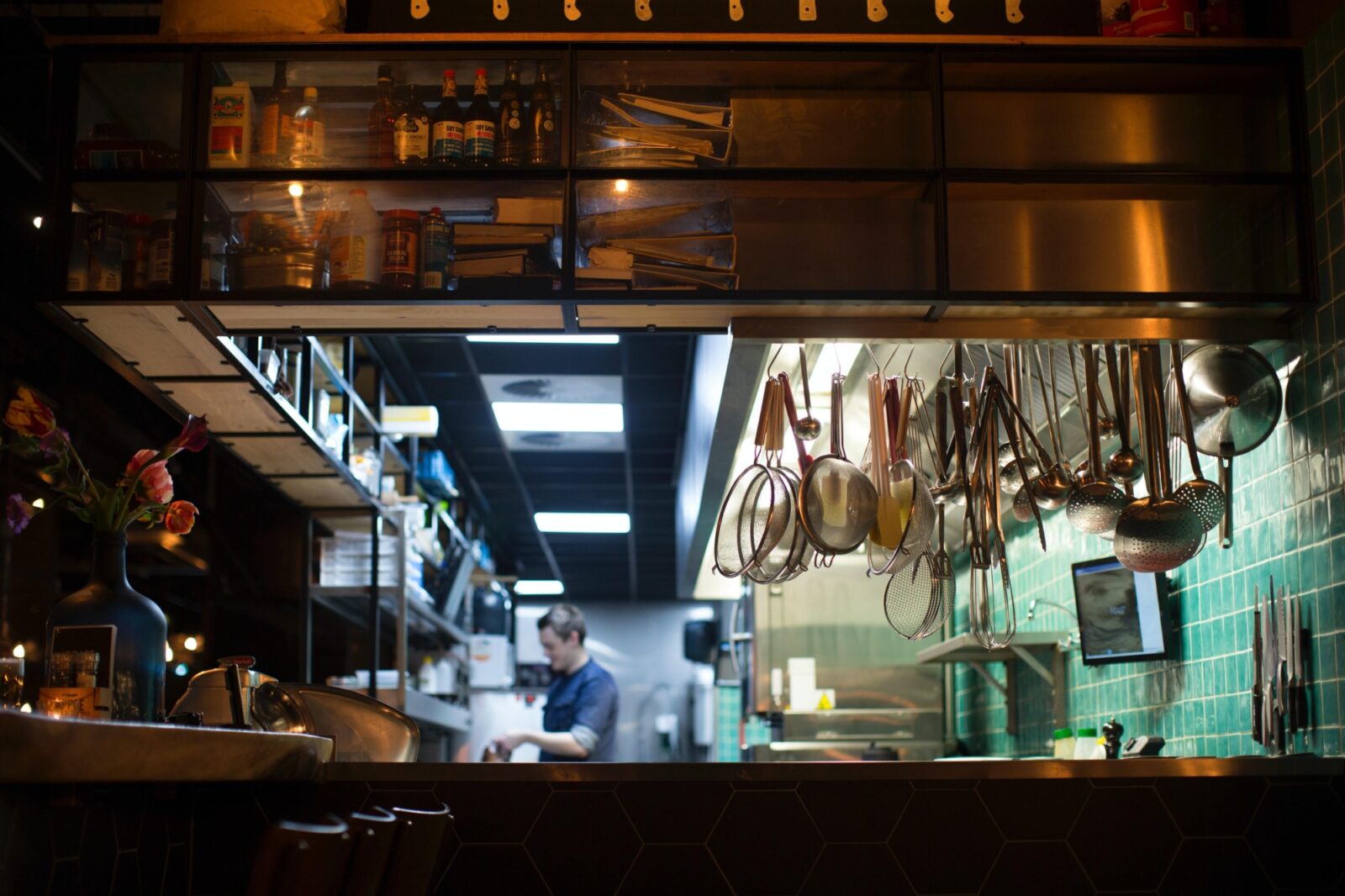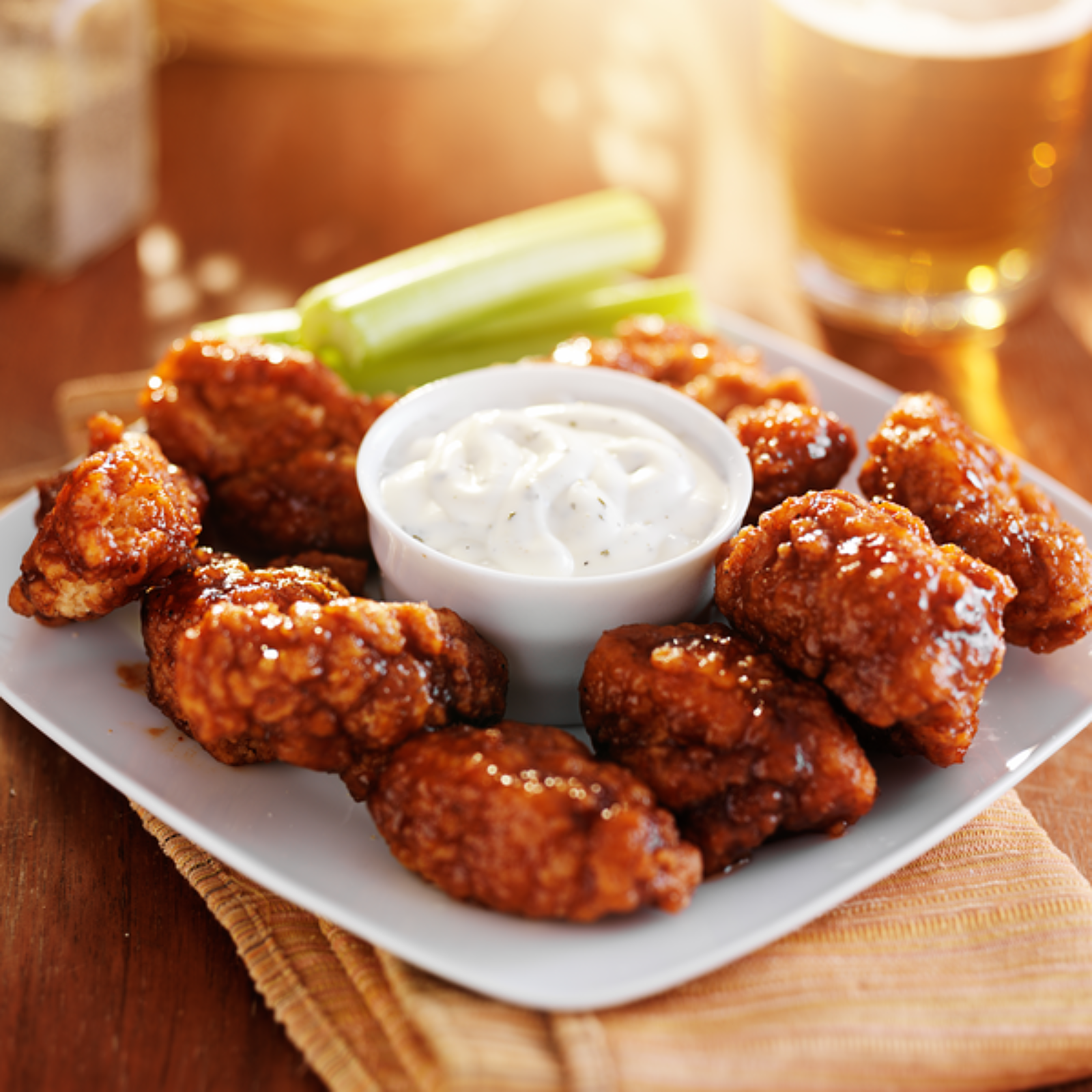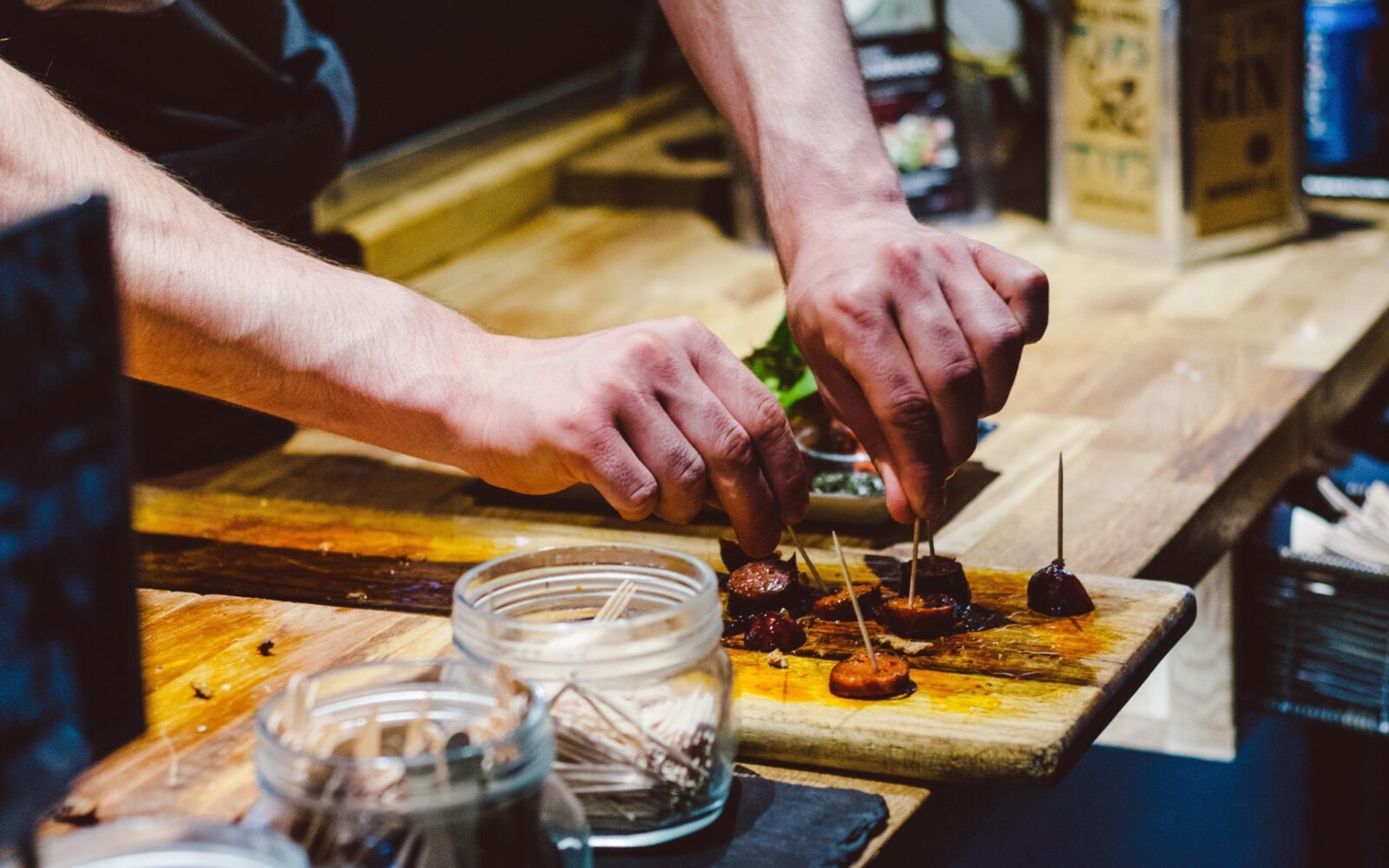
4 Restaurant Kitchen Organization Tools You Need ASAP
Want to get the most out of your restaurant's kitchen? You'll need these four restaurant kitchen management tools in your back pocket.

AJ BeltisAuthor
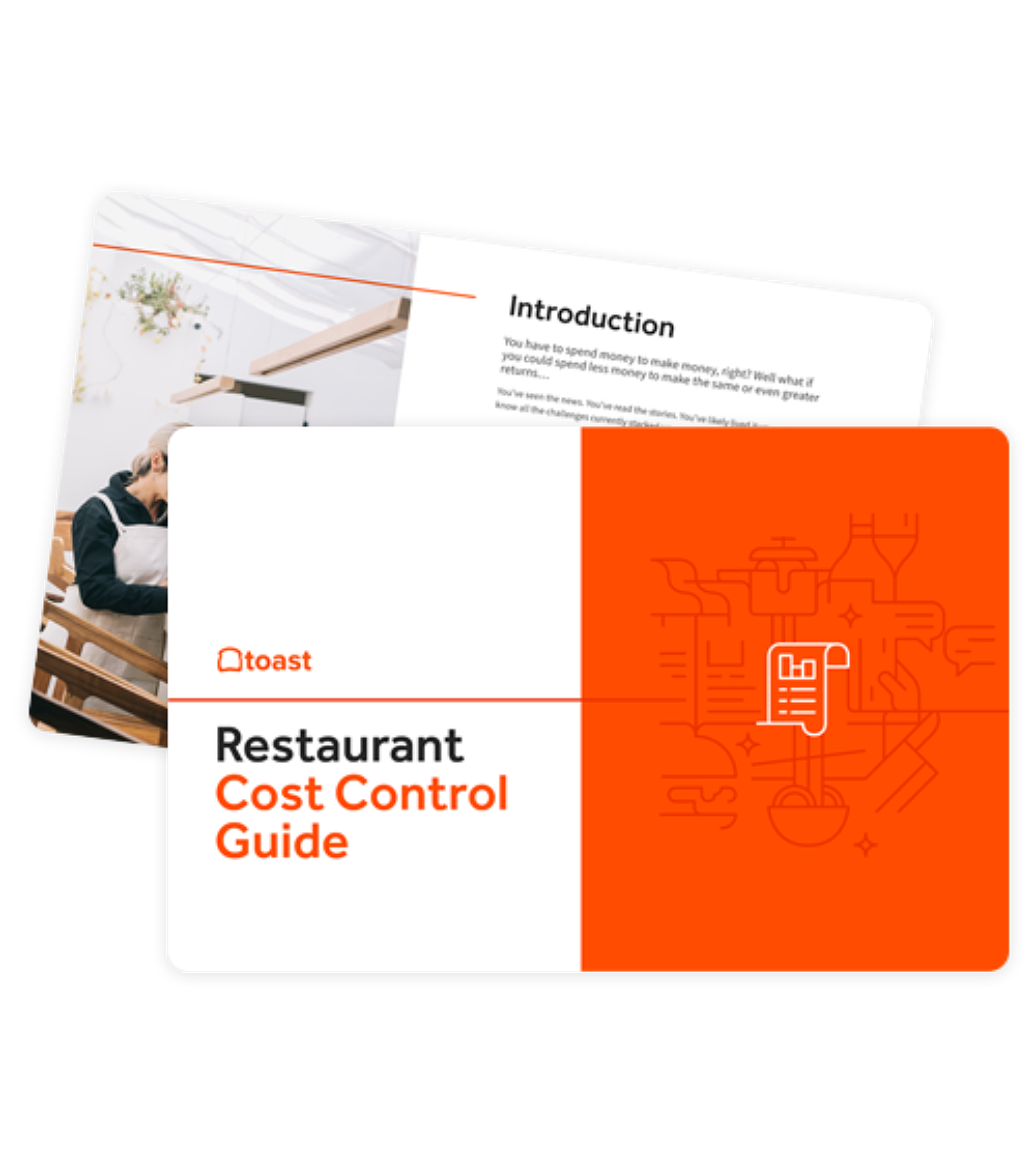

Restaurant Cost Control Guide
Use this guide to learn more about your restaurant costs, how to track them, and steps you can take to help maximize your profitability.
Get free downloadRestaurant consultant Donald Burns says it best: "Drama is great for movies, bad for restaurants."
Probably the most chaotic and dramatic place in a restaurant is the kitchen. But why do tempers run so high?
Put simply: many restaurant kitchens are not organized well.
To solve this, Toast created a Restaurant Back of House Guide filled with resources for restaurant owners, chefs, and kitchen managers. Included in the guide are:
- Recipe Cards
- Inventory and Par Sheet Templates
- Kitchen Opening & Closing Checklists
Download the free Restaurant Back of House Guide here, and read on for how to best use these free resources in your restaurant.
Now, when we talk about restaurant kitchen organization tips, we're not talking about organizing the setup of your kitchen — we've already covered that in our restaurant kitchen designs post.
In this blog, we'll be talking about the tools and resources management can employ in the back of the house to keep operations running smoothly during every shift to encourage consistency and cost control, so you can track chicken thigh prices no matter who is working.
Part 1: Put the Pieces Into Place - Kitchen Opening Checklists
A kitchen opening checklist is a simple and effective tool for starting every day the same way.
Ask any veteran chef and they'll probably admit once or twice even they have forgotten a rudimentary step in their daily procedures. Therefore, creating a checklist is not only easy, it's almost essential.
Common kitchen opening tasks include the following:
- Emptying out last night's dishwasher run.
- Handling morning deliveries.
- Removing food from walk-in freezers/fridges.
If your list gets too big, try breaking it up by section so employees can complete tasks systematically - such as food prep, cleaning/organizing, and general opening tasks.
Click Here to Get Your Free Kitchen Opening Checklist Template
Part 2: Monitor Inputs and Outputs - Par Inventory Sheets
For restaurants without an inventory management software, par sheets are one of the best solutions for tracking food inventory.
Par inventory is a way of setting minimum on-hand inventory quantities for your bar or restaurant. Every time you place a supply order, run through your inventory using this par sheet and determine what is missing from your par level.
For example, let's say you’re a sub shop and go through around 100 subs a day. Knowing you may get big orders and/or make some mistakes, maybe your par for bread rolls each day is 120 sub rolls.
In this scenario, let's say you only went through 84 rolls in a given day - meaning if your inventory was up to par, you now have 36 rolls left (120 - 84 = 36). Also, let's assume tomorrow is your busiest day. To prepare, you want an extra 24 rolls. Therefore, when you place your new inventory order to meet your par level, you'd order 108 more rolls (84 + 24 = 108).
Par inventory sheets also have columns for emergencies, events, peak days, and other instances where a higher par may be required. Using the par inventory sheet in our Restaurant Back of House Guide, the quantities will automatically update when you enter your daily inventory quantities.
Click Here to Get Your Free Par Inventory Sheet
Part 3: Control Quantities - Recipe Cards
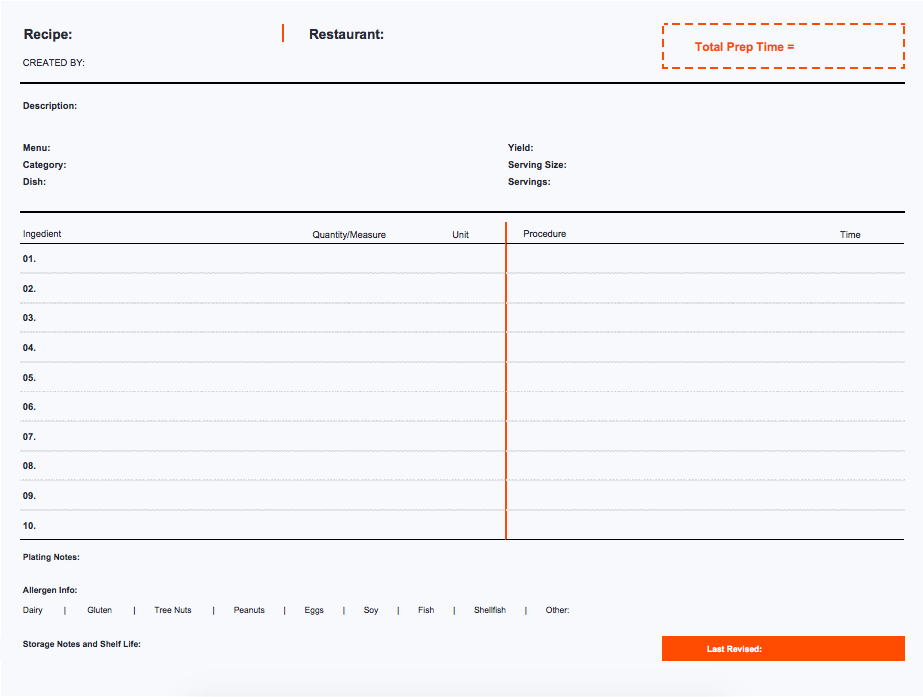
Recipe cards are designed to keep that one chef who "just likes to add a little extra" for every dish they make.
That "little extra" adds up, depleting your inventory and bleeding your restaurant's potential profit. Recipe cards keep a loose cannon in check and your inventory in control.
Some recipe card templates can be unclear or easily lost. Check out the free ones in our Restaurant Back of House Guide and give them a try in your kitchen.
Click Here to Get Your Free Recipe Card Template
Part 4: Set Up For Success - Kitchen Closing Checklists
Never leave a kitchen messy.
With perishable food, hot surfaces, wet floors, and sharp objects, a kitchen left in shambles is an enormous liability. Before you close the doors to the restaurant, use a kitchen closing checklist in your back-of-house sweep.
Essential closing tasks include:
- Turning off all lights, ovens, and equipment.
- Wrapping and labeling food for tomorrow.
- Cleaning all surfaces and kitchen tools.
Like the opening checklist, the closing checklist should be organized by section (surface cleaning, food prep, etc.) for efficiency.
Click Here to Get Your Free Kitchen Closing Checklist Template
Download These Kitchen Resources For Free Below!
In Toast's Restaurant Back of House Guide, templates for opening/closing checklists, recipe cards, and par inventory are included - as well as tips for using them optimally. Start using these tools in your restaurant today and make way for a more organized, efficient, and profitable restaurant kitchen!
Is this article helpful?
DISCLAIMER: This information is provided for general informational purposes only, and publication does not constitute an endorsement. Toast does not warrant the accuracy or completeness of any information, text, graphics, links, or other items contained within this content. Toast does not guarantee you will achieve any specific results if you follow any advice herein. It may be advisable for you to consult with a professional such as a lawyer, accountant, or business advisor for advice specific to your situation.
Read More
Subscribe to On the Line
Sign up to get industry intel, advice, tools, and honest takes from real people tackling their restaurants’ greatest challenges.

